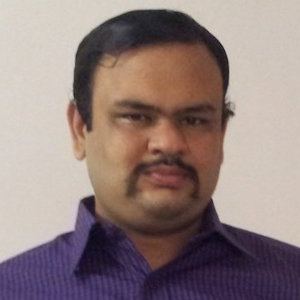
Venkatesh Viswanath
is an Indian patent agent. He is in charge of content generation at Quantify IP.

Recent Articles by Venkatesh Viswanath
A patent maintenance fee is an official fee that is payable at prescribed intervals to a national patent office over the lifecycle of a patent application or a granted patent, in order to keep the patent application or the granted patent in force in that particular jurisdiction. It is payable by an applicant or a patent owner (an assignee or a patentee, as the case may be). Patent maintenance fees are an integral part of the patenting process and may also be referred to as patent annuities, patent annuity fees, patent renewal fees, or patent annual fees. The failure to pay a patent maintenance fee could have serious and far-reaching consequences, including the patent application or the granted patent being treated as lapsed, withdrawn, or abandoned in that particular jurisdiction. In this article, we will delve into the patent maintenance fees in the jurisdictions in which the payment of said fees begins at the patent grant stage or patent issue stage, or are calculated from the date on which a patent is issued or granted.
BRICS is an acronym for an association of five countries: Brazil, Russia, India, China, and South Africa. Over the last 25 years, the BRICS economies have been at the forefront of a paradigm shift in the sands of the global economy towards developing economies. This is exemplified by their share in the global economy… Developing a patent filing strategy that includes BRICS economies could be challenging due to the presence of varying national legislation, each mandating its own set of procedures. A precise idea of the costs that could be incurred will go a long way in facilitating strategic decision-making and budget forecasting.

![[IPWatchdog Logo]](https://ipwatchdog.com/wp-content/themes/IPWatchdog%20-%202023/assets/images/temp/logo-small@2x.png)
